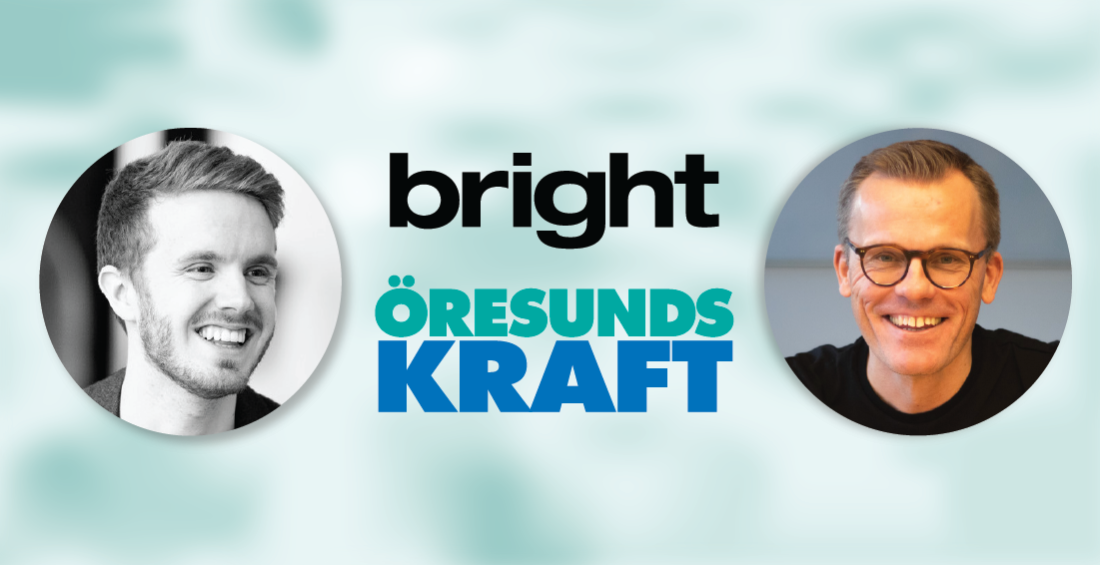Öresundskraft is a Swedish municipal energy company responsible for northwestern tip of Skåne county in southern Sweden, the area around the towns of Helsingborg and Ängelholm. They operate the electricity, district heating and gas grids for that area. They’re also an energy supplier, and sell solar panels, electric charging and other energy related services. In the last ten years, Öresundskraft has acquired a reputation as one of the most forward-thinking companies in the Swedish energy market. Working both alone and in partnership with five other municipal energy companies, they’ve looked to innovation and new practices to reach their internal goal of climate neutrality, as outlined in their “Plan For Our Planet” strategy.
Amongst the multiple initiatives that Öresundskraft has embarked on as part of this commitment is a partnership with Bright, to help the company’s 125,000 electricity customers better understand, manage and control their energy consumption. We spoke to Sami Nybom and Ingvi Aron Thorkelsson at Öresundskraft to hear more about their project and their impressions of working with Bright.
Can you tell me a little bit about your company? What makes you a bit different, do you think?
Sami Nybom (SN): We used to say that we are 160 years young! Our main market is northwest Scania, with Helsingborg as the largest city and then up the North is the city of Ängelholm.
Ingvi Aron Thorkelsson (IT): One important thing to know about us is that we're 100% municipally owned. The municipality of Helsingborg owns all our shares through a board, a mother company that owns other municipal companies. We started as a gas distribution company, and then built the electricity grid 20 years later. In the 1960s we add district heating to our portfolio, and then in 2000 added the fibre optic network [Ed: now operated by a separate daughter company, Pingday]. So now there's quite a lot of different units that we own, infrastructure wise and service wise.

